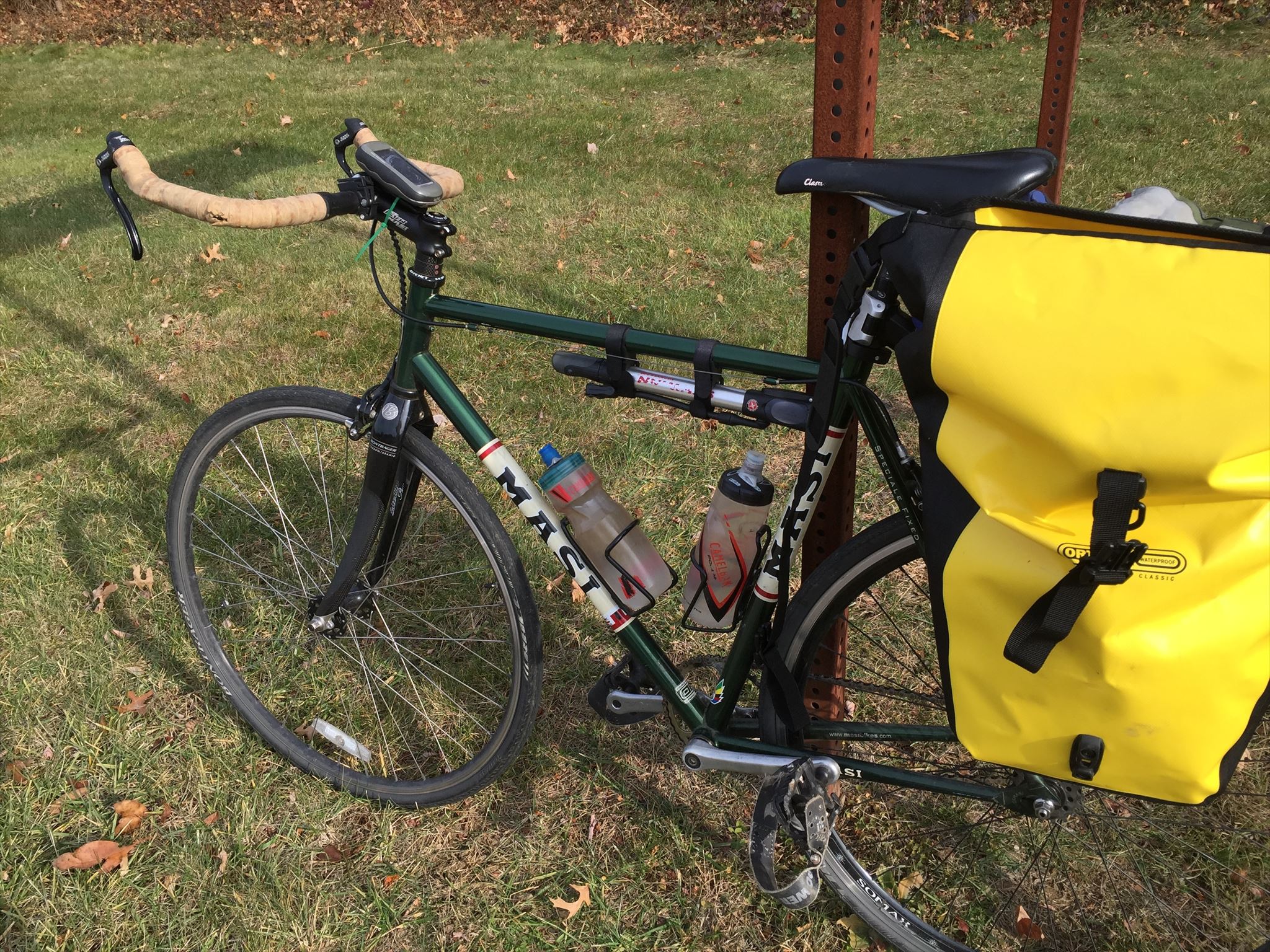I’m trying a new WordPress theme out. I had been using “Twenty Twenty” for a long time, but never liked that it didn’t have a widget sidebar. So, I’m trying one out called “Simple Life”. It’s responsive, has a sidebar, and seems fairly lightweight, without a lot of bells and whistles and other stuff I don’t need. So, I’ll probably use it for a while until I get tired of it.
As promised yesterday, I brewed a pourover cup of my medium roast Mexican coffee beans using 18 grams of coffee to 250 grams water (around 1:14) and it was just about the perfect strength. It did have a tiny touch of bitterness that I didn’t notice yesterday, but I think that was because I wandered away and let the coffee sit and drip for a little too long. I’ll fix that tomorrow, and if it’s not perfect, I’ll try it just a tiny bit coarser.
I did my usual Friday morning session at the climbing gym today, and felt pretty good after climbing 8 routes ranging from 5.10- to 5.11-. There definitely is a huge difference in my energy level between my morning and evening climbing sessions. I suspect part of it is because I typically commute 22-25 miles on the bike on the same days as my evening climb sessions, with the 8-mile homeward leg wrapping up an hour or so before I leave for the gym. Something probably needs to give there…

